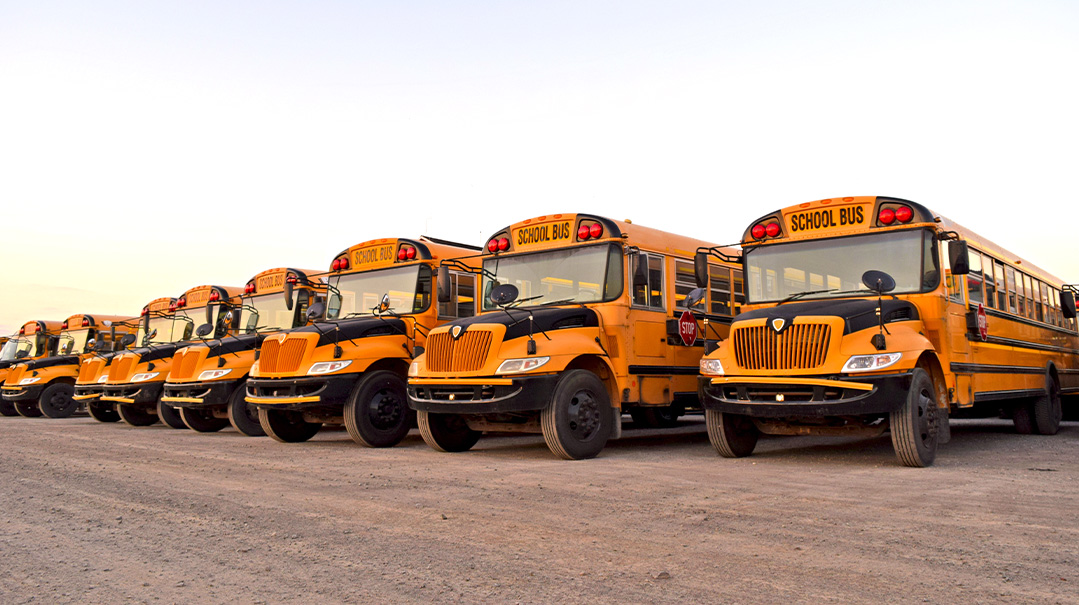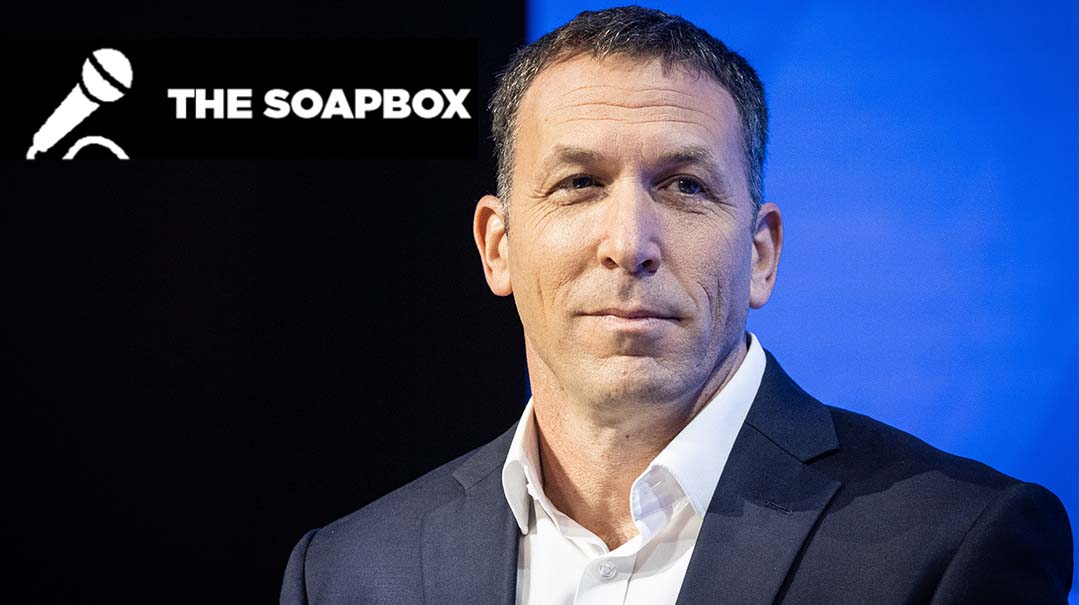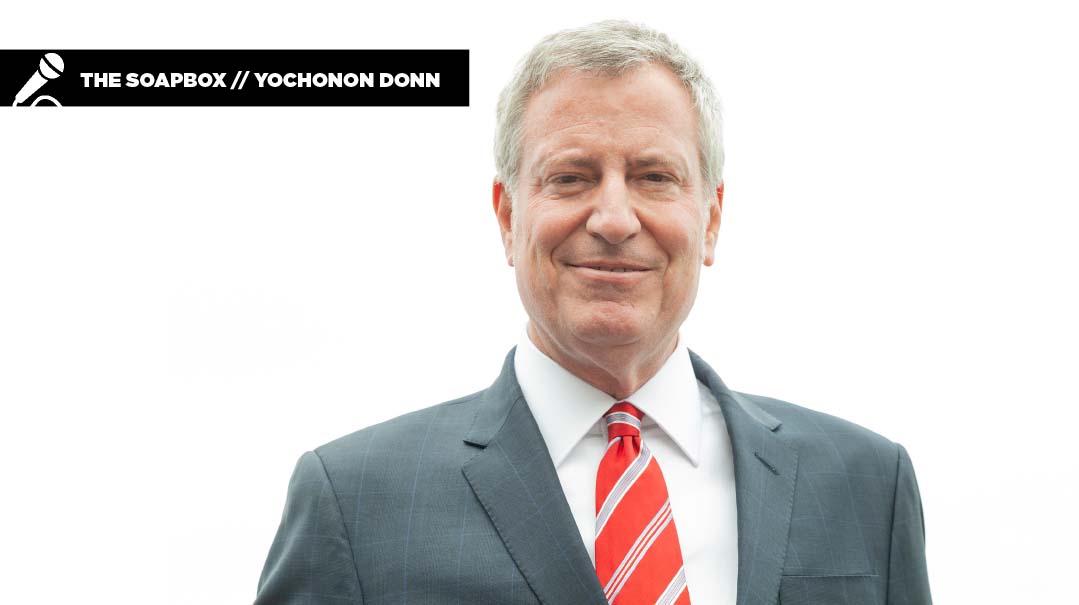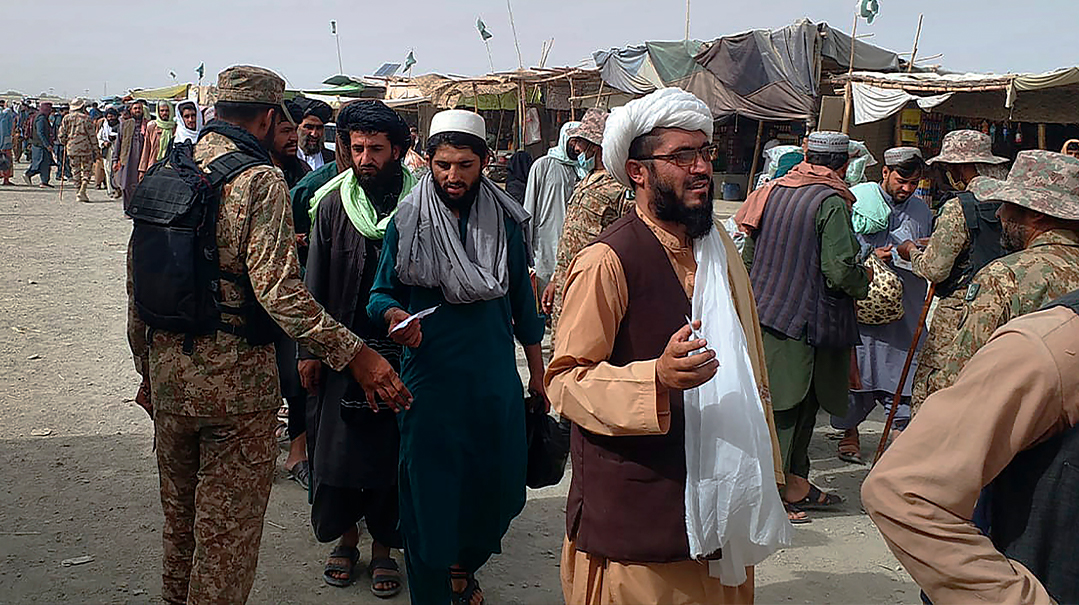We Need to Tell Boro Park’s Story
| January 25, 2022It’s now time for our community to work proactively to shape our public image

If there’s one thing that the last two years have taught us, it’s the dangers of a negative public image.
To insiders, Boro Park is a vibrant community with bustling businesses, loving families, some of whom struggle financially, and yeshivos and schools on every corner.
But many people in New York view our community through darker lenses. Sadly, a man with a long jacket and hat or shtreimel, or a woman dressed in distinctive Orthodox garb, brings negative associations to mind. We are rule-breakers, the public was told repeatedly during Covid — sometimes by elected officials — or we have large families and rely on the dole for support.
This public image is in part a result of the media’s mischaracterization of our community, and has led to anti-Semitic attacks and the passage of laws that harm our way of life. Matters have reached such a dangerous level that in 2020, William Barr, then the US attorney general, visited my office to discuss how to combat the rise in hate. “I will not take my eye off of this,” he promised at the time.
So it’s now time for our community to work proactively to shape our public image. The approach of lying low may have been appropriate at some point, but with our growth attracting a harsher media lens, it is no longer an option.
We need only look a little to the north to see how Boro Park’s story can be told better. For years, Kiryas Joel was depicted in the media as the poorest district in the United States. The phrase was echoed unquestioningly in prestigious outlets such as the New York Times, in local newsrooms, and on fringe websites, which mockingly described the village as moochers who should be tolerated, at best. It became a cliché that askanim resigned themselves to.
Then, a simple study by our friends at the Orthodox Jewish Public Affairs Council exposed how this data had been cherry-picked to fit a narrative. The OJPAC study mined publicly available data from the US Census Bureau and New York state government agencies and found that the “poorest in the nation” designation did not account for the village having the youngest median age of any locality in the country, by a wide margin. So the reason so many KJ residents were not earning incomes was that they were too young to legally do so! This has led to several corrections by media outlets in their reporting on the town.
For the average New Yorker, an Orthodox Jew is defined by his large family and poor education. Perhaps he is associated with an eiruv battle or rezoning conflict. There is so much work that has to be done to change this utterly false perception.
We must blow these fallacies out of the water by shining the light of truth in Boro Park as well. We must highlight the seriousness with which we view a solid education. Nineteen banks line the length of 13th Avenue, not out of a sense of pity for us, but because of the sheer number of successful businessmen who call Boro Park home. For the heads of our households, the hundreds of shuls that dot the neighborhood are typically their first destination in the morning and their last stop before retiring at night, providing the moral compass that guides their business transactions and family interactions.
Media matters, because the narrative that New Yorkers read about us determines how safe our streets are.
After the past two years, playing defense is a luxury we can no longer afford. It’s high time for us to allocate the community resources needed to actively shape that media perception.
Avi Greenstein is the CEO of the Boro Park Jewish Community Council.
(Originally featured in Mishpacha, Issue 896)
Oops! We could not locate your form.






